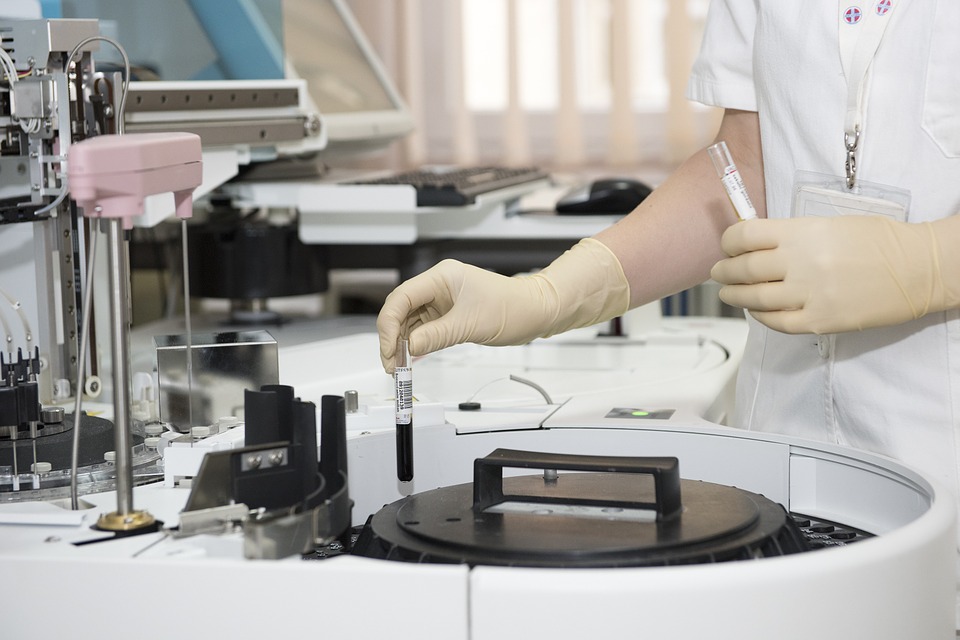Chronic health issues, such as heart disease, Type 2 Diabetes, and obesity, dominate 21st century health care priorities (Warren, 2016). With the prevalence of such chronic diseases, it is difficult to appreciate the role that infectious diseases played in the 20th century (Warren, 2016). With the discovery of antimicrobial agents in the 1940’s, scientists foresaw the defeat of infectious diseases that had plagued humankind (Warren, 2016). Unfortunately, the remarkable effect antibiotics had on curing infectious diseases soon led to widespread misuse and resulting antibiotic resistance (Warren, 2016).
What is antibiotic resistance?
Antibiotic resistance is a natural process where bacteria change in response to the use of antibiotics that treat the bacterial infections they cause, such as pneumonia and tuberculosis (World Health Organization (WHO), 2016a). The antibiotic-resistance bacteria then infect animals and humans, and these infections are harder to treat than infections caused by non-resistant bacteria (WHO, 2016a). The cause of antibiotic resistance varies, with over-prescription of antibiotics, patients not finishing their entire prescription, overuse of antibiotics in livestock, lack of hygiene, and poor sanitation being cited as primary causes (WHO, 2016c).
What is the impact?
Antibiotic resistance has risen to dangerously high levels globally, with new resistance mechanisms compromising our ability to treat common infectious diseases that were easily treated before (WHO, 2016a). The WHO states that “without urgent, coordinated action, the world is heading towards a post-antibiotic era, in which common infections and minor injuries, which have been treatable for decades, can once again kill” (as cited in Warren, 2016).
What can we do?
The World Health Organization has created a series of infographics in preparation for World Antibiotic Awareness Week from November 16th to 22nd. One such infographic provides useful tips that everyone can take in their day to day lives to slow the progression of antibiotic resistance (WHO, 2016b).
- Only use antibiotics when they are prescribed by a certified health care professional
- Always finish the entire antibiotic prescription, even when you feel better
- Never use leftover antibiotics
- Never share antibiotics with other people
- Prevent infections by washing your hands, avoiding contact with ill people, and keeping vaccinations up to date
For more information about World Antibiotic Awareness Week click here
References
Warren, E. (2016). Antibiotic resistance: what can we do? Practice Nurse, 46(1), 18-21.
World Health Organization. (2016a). Antibiotic resistance: Fact sheet. Retrieved from http://www.who.int/mediacentre/factsheets/antibiotic-resistance/en/
World Health Organization. (2016b). Antibiotic resistance: What you can do. Retrieved from http://www.who.int/mediacentre/events/2015/world-antibiotic-awareness-week/infographic-public.jpg?ua=1
World Health Organization. (2016c). Causes of antibiotic resistance. Retrieved from http://www.who.int/mediacentre/events/2015/world-antibiotic-awareness-week/infographic-causes.jpg?ua=1
